Flawless Folds: The Fabric of the Early Renaissance
“Fabric was more than décor; it became part of the story.” Alan Riding, writer
Sinuous, flowing drapes of fabric flow across early Renaissance paintings, wrapping the contours of bodies and breathing into them dynamic life. Taking their cue from the sculptures of Ancient Greece, artists of the Renaissance period produced diaphanous veils of colour and light that hang, swoop, twist and turn, directing our eyes across operatic and death-defying stories about spirituality and human survival. Fabric was vital to their narrative flow, allowing artists to capture qualities of movement and expression that would have otherwise been impossible. American historian of art and costume, Anne Hollander, who curated the exhibition Fabric and Vision at London’s National Gallery in 2002 observes, “Just as painted landscape has shown us ways to look at scenery, so painted clothing has shown us how clothes contribute to the way human life looks.”
14th century Florentine painter Giotto di Bondone is often cited the first artist to truly master the rebirth, or revival, of classical art and its dynamic drapery, which he combined with rising interests in naturalism and the depiction of real, human emotion. His dazzlingly vivid frescoes at the Scrovegni Chapel in Padua illustrate the lives of both the Virgin Mary and Christ, told with impassioned, blazing drama that is as stirring today as it was when painted in 1305. In the scene The Kiss of Judas, 1304-06, Judas’ shining, golden shawl swoops our eyes towards the face-off between him and Christ, pulling in tight to emphasise the simmering tensions between them, while around them muted reds, pinks, and blues frame the scene.
Florentine painter Masaccio followed in Giotto’s footsteps with his deeply emotive Brancacci Chapel series in the Church of Santa Maria del Carmine in Florence, begun in 1422. Colour and movement were vital to his storytelling, bringing energy and dynamism to his scenes, while lighter, brighter tones coloured those who were most important in the scene. His understanding of the way fabric can drape, crease, and fold was more finely detailed and accurate than Giotto’s, as painters became more sophisticated with the representations of reality. In Raising of the Son of Theophilus and St Peter Enthroned, every figure is adorned with earth toned, radiant gowns that ripple in the light and fall heavily to the ground in crumpled heaps, lending them lifelike solidity, volume, and weight as they recede into the distant crowd.
A generation later, Andrea Mantegna became a master in depicting the rumpling, soft folds, and knots of thin, body clinging fabric. In the exquisite and agonising Christ as the Suffering Redeemer 1488-1500, our eye is immediately drawn to the white, draped loincloth over Christ’s knee, painstakingly rendered with near-photographic realism, as its decadent bunching and creasing becomes a jarring metaphor for his deep suffering. White fabric also wraps the Christ child’s body in his sensitively observed Virgin and Child, 1490-1500, delicately swaddling his tiny, precious body with an intricate network of folds.
Masterful command of perspective and foreshortening allowed Florentine painter Piero Della Francesca to add greater vitality and life to the fabric in his softly toned, tranquil scenes. In The Nativity, 1470-75, delicate shades of lilac, cornflower blue, and peach pink adorn his serene angels, falling gently over their bodies and rippling lightly as if caught by a gentle breeze, while velvety navy swarms around the infant Christ child. Madonna del Parto, 1455, is more decadent, as a heavy, velvet tent of fabric encircles three figures, pushed apart by two angels wearing richly toned aqua and aubergine gowns. On the tent’s exterior, intricately embroidered, floral designs in golden thread twinkle with regal beauty in the light, acting as the opening wings of a grand theatre, anticipating a great event. In the centre, the Virgin Mary’s cobalt blue gown falls over her pregnant belly, echoing the rounded shape of the tent, while the strip of white in her centre mirrors the opening motion of the curtains around her, a potent visual metaphor for the birth and motherhood that would define her life.
Feature Image: Masaccio, Raising of the son of Theophilus and St Peter Enthroned, 1427





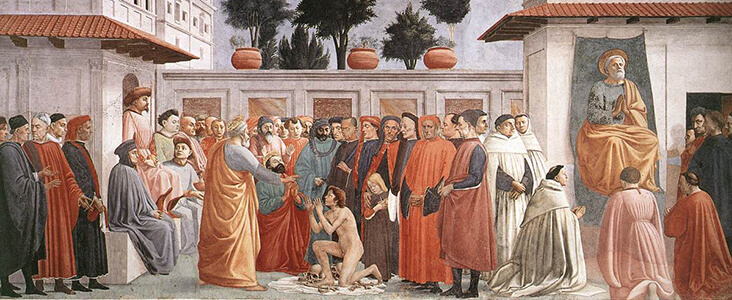
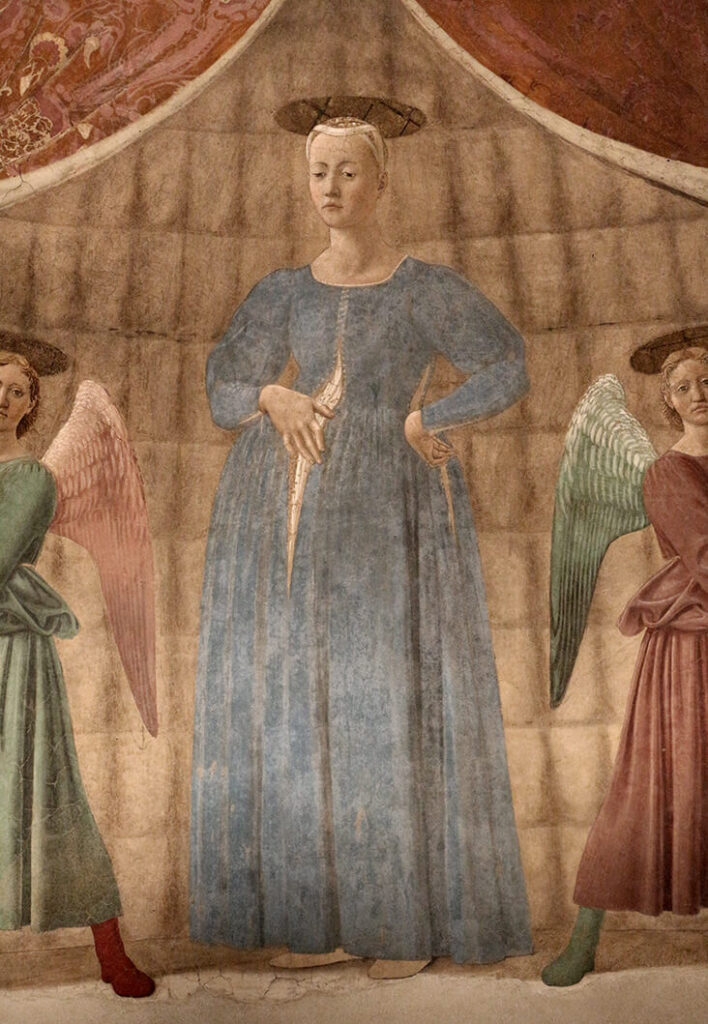
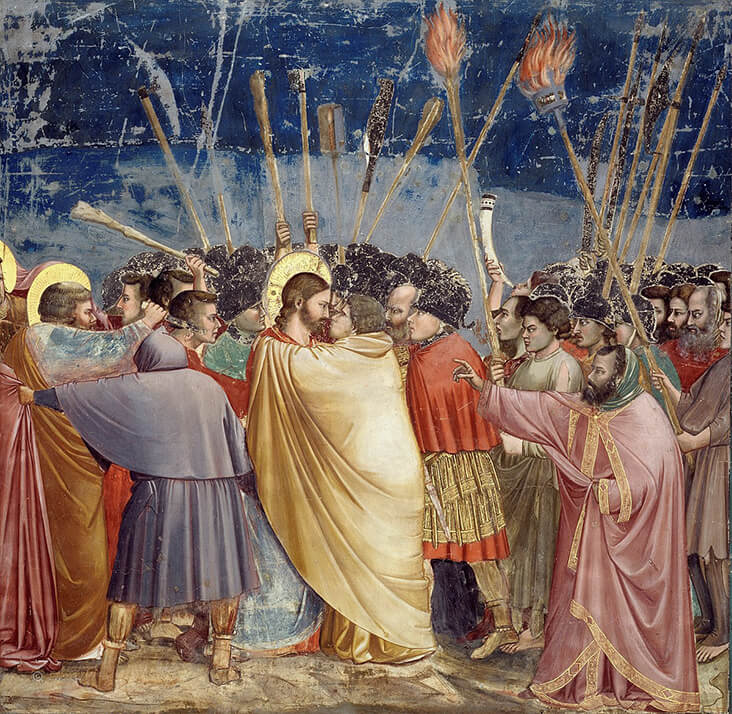
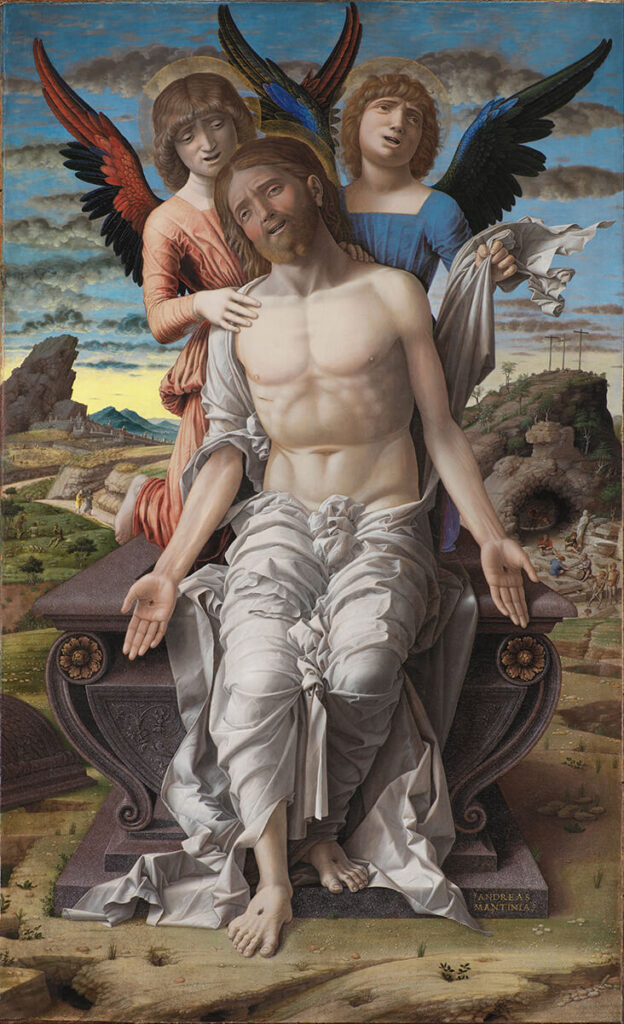












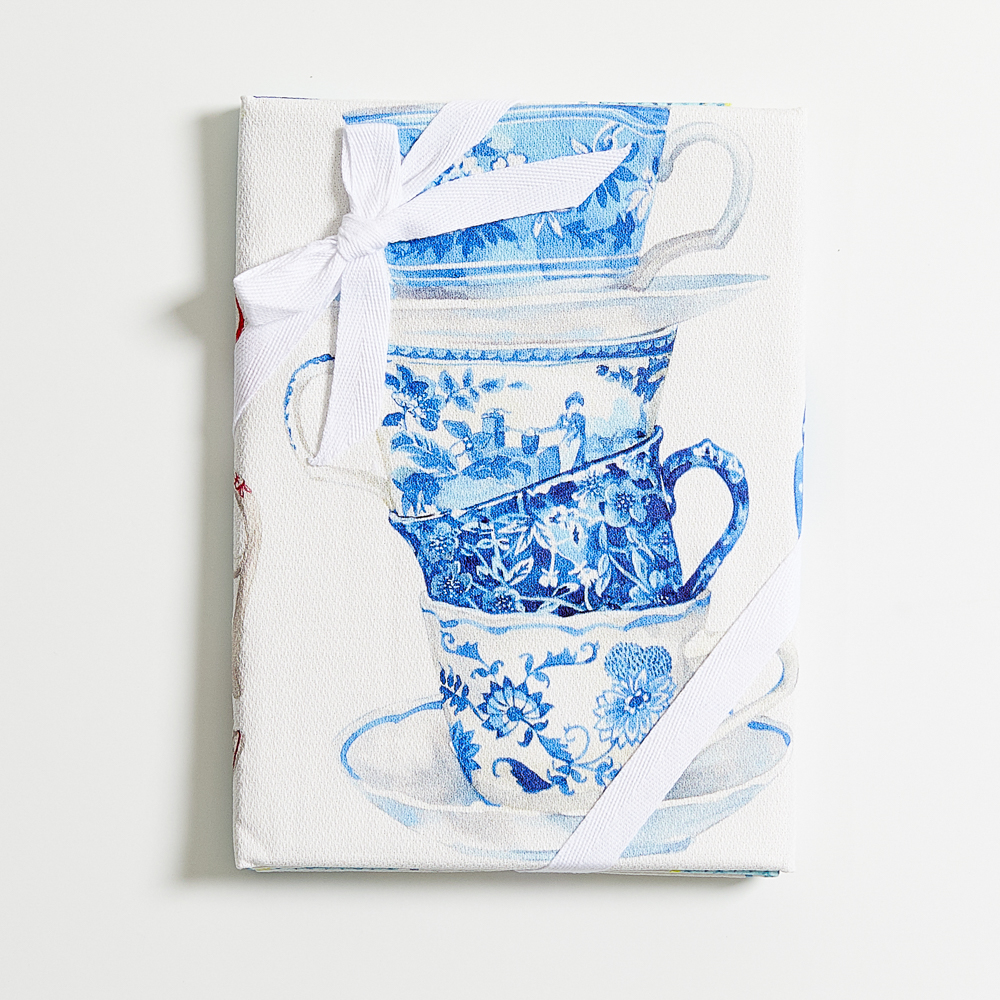












































4 Comments
Viv Goodell
Thank for this. I love creating accurate copies of medieval and renaissance garments, and I am keenly interested in their use of color. Blue can mean so much more than blue!
Rosie Lesso
Thank you for the comment – your work sounds fascinating!
Jamie Pinkerton
What a beautiful article! And how fitting to include descriptions of the Blessed Virgin Mary’s rich garments depicted in art on her special feast of the Immaculate Conception today. Thank you!
Rosie Lesso
Thank you for the kind words!